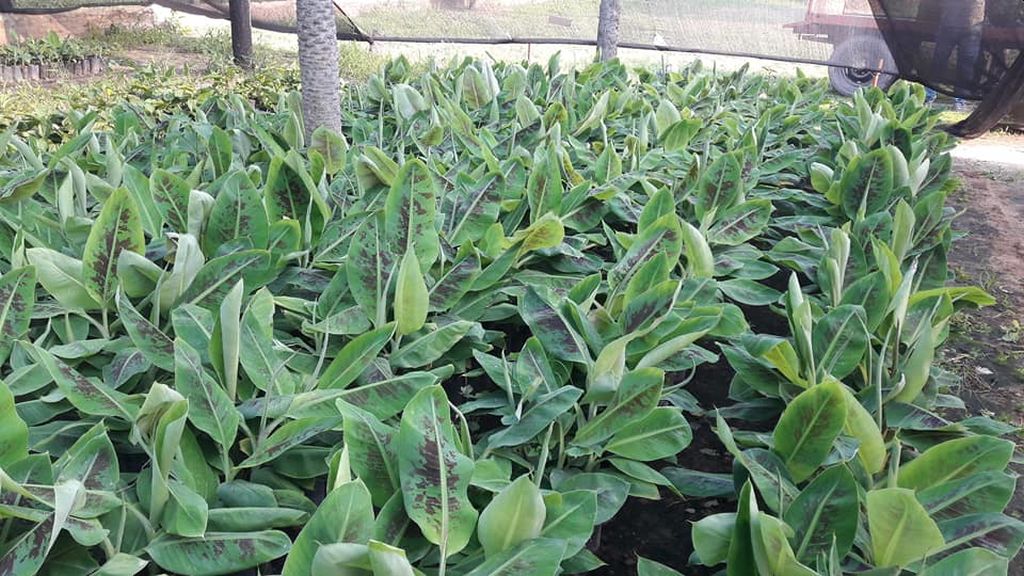Since September, CEDEVA, through its experimental unit in Ceibo 13, has been engaged in the distribution of banana vitroplants to producers in the northeast of the territory within the framework of the 2020-2021 campaign.
The work is carried out in the so-called “banana zone” whose head is Laguna Naineck, where 80% of the production is concentrated, which also extends to Riacho He Hé and Buena Vista.
The executive coordinator of CEDEVA, engineer Jorge Balonga, highlighted the valuable contribution of the mayor of Naineck, Julio Murdoch, in this effort aimed at achieving the highest quality and quantity of this fruit in the province.
The experimental unit CEDEVA of Ceibo Trece, under the direction of the agronomist José Antonio Villarreal Filipovich, has been developing activities for six years in technical assistance, training and delivery services of in vitro platines materials of banana, citrus, passion fruit and mamón, diversifying the production of producers in the region.
This allows producers to have better income at different times of the year, improving their living conditions.
The producers have been developing their banana crops with plantation frames of four meters by four meters, where they start with 625 plants, reaching population densities of 2,500 plants per hectare in the second year, which turn out to be very high, which is why it lags production every year.
The problem that occurs with these high populations is the requirements of the crop with respect to climatic conditions, especially water, light and temperature, which are fundamental for the growth and development of the crop.
The water requirements for cultivation are over two thousand millimeters per year and in the banana region it rains 1,200, which reveals a deficit of 800 millimeters.
For this reason, the population should be at a maximum of 1,700 productive units per hectare, and not 2,500 to 3,000 plants per hectare, where it would affect production.
These situations mentioned with respect to the crop populations have led to other planting systems being considered, the double furrow or paired furrows, which improve the use of light, the ordering of the plants, the implementation of an irrigation system, the mechanization of cultivation, fertilization, cultural work, weed control, the use of green covers and the direction and concentration of the inflorescence towards the streets, to facilitate the harvest of the bunches.
With the double row system of two meters between the lines, two meters between plants and a three-meter street, it allows us a population of 1700 plants per hectare, only one productive unit per site is maintained, this allows to maintain the population throughout its useful life of the bananal.
This work of the double furrow has been implemented through the technicians of the CEDEVA-Ceibo Trece Center, since 2016, having so far eight demonstration plots of producers in this system.
All these in vitro banana plantations produced by the CEDEVA Ceibo Trece Center are with the Gran Enano variety from the Cavendish subgroup, for this season 2021-2022 there is a request from producers in this 10-hectare plantation system.
The agronomic characteristics of the Gran Enano clone are: plant size 2.50 to 3 meters high, it is early in production and moderately resistant to Yellow Sigatoka, average clusters of 35 kilograms and long fingers.
Currently, it is planned to deliver 120 thousand in vitro banana platines (2020-2021 campaign), which would increase this year by 200 hectares.
–


